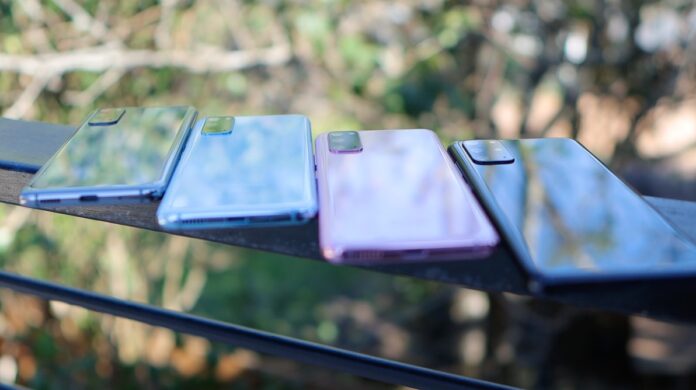
To gain a better understanding as to how much smartphone technology has evolved over the last decade, all you would have to do is remember the best phone that came out in 2010. Let us refresh your memory – it was an iPhone 4.
Phones have evolved so much over the last decade, that all you could do with an iPhone 4 at this point is use it as a paperweight or a display piece. It’s undeniable that we’ve come a long way, but, what have we actually improved upon over the last 10 years? Well, if you’d like to know, we’d suggest you stick around for a few more minutes as we’re about to break it all down.
For an easier understanding and comparison, we’ll try and directly compare the flagship device from 2010 with a flagship device from 2025. Let’s get started.
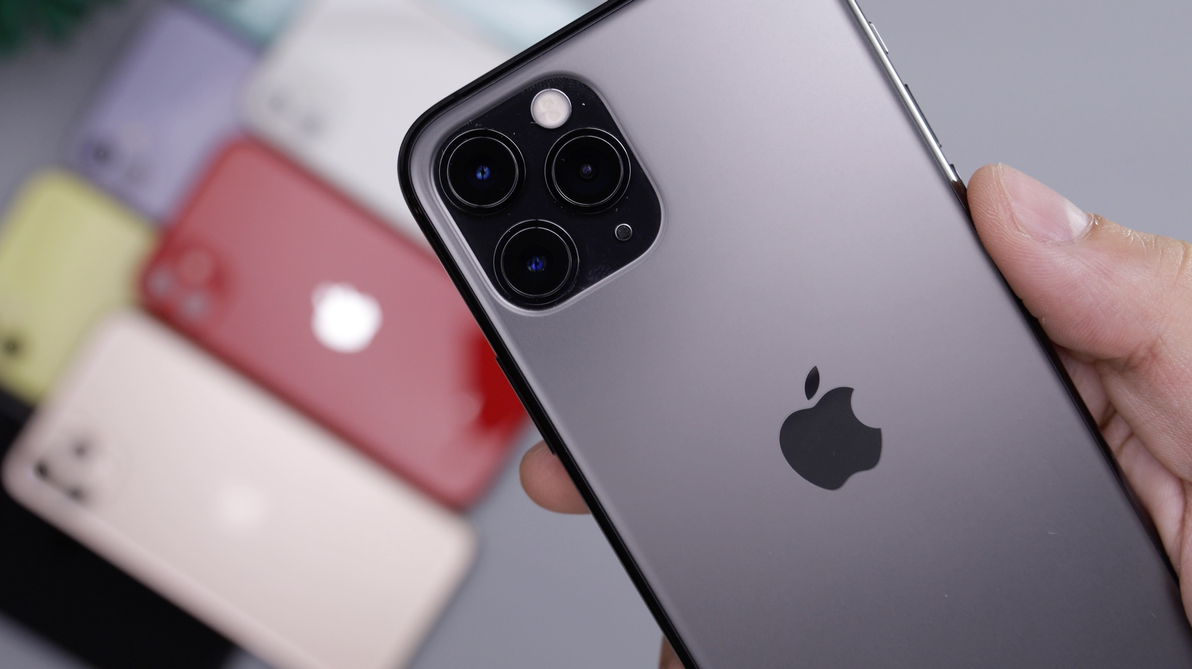
-
Size
One of the most obvious differences between the phones from the begging of the last decade and those in our pockets right now is their size. A regular-sized phone back then was about 4.5 inches tall, compared to anywhere from 6 to 7 inches nowadays. Can you even imagine using a device that small now?
-
Display
Arguably the greatest improvement in the smartphone world is the display size and quality. 10 years ago, best you could hope for was a 3.5 inch IPS LCD panel and 720p resolution in the best-case scenario. The refresh rate wasn’t even being discussed back then, no one cared about such stuff. Nowadays, almost every flagship device has a true tone, OLED display, with a ton of detail, rich colours and deep blacks. As for size, you can find anything from 5.5 to 7.5 inches, depending on your preference. Since you can really game on your smartphone today, refresh rates on the latest devices go up to 144 Hz. That’s a buttery smooth experience.
Also, a lot of work and research has been put into making displays scratch and shatter-resistant over the years, so you don’t have to worry about broken display every time you drop your device or scratches if you wear it in the same pocket with your keys.
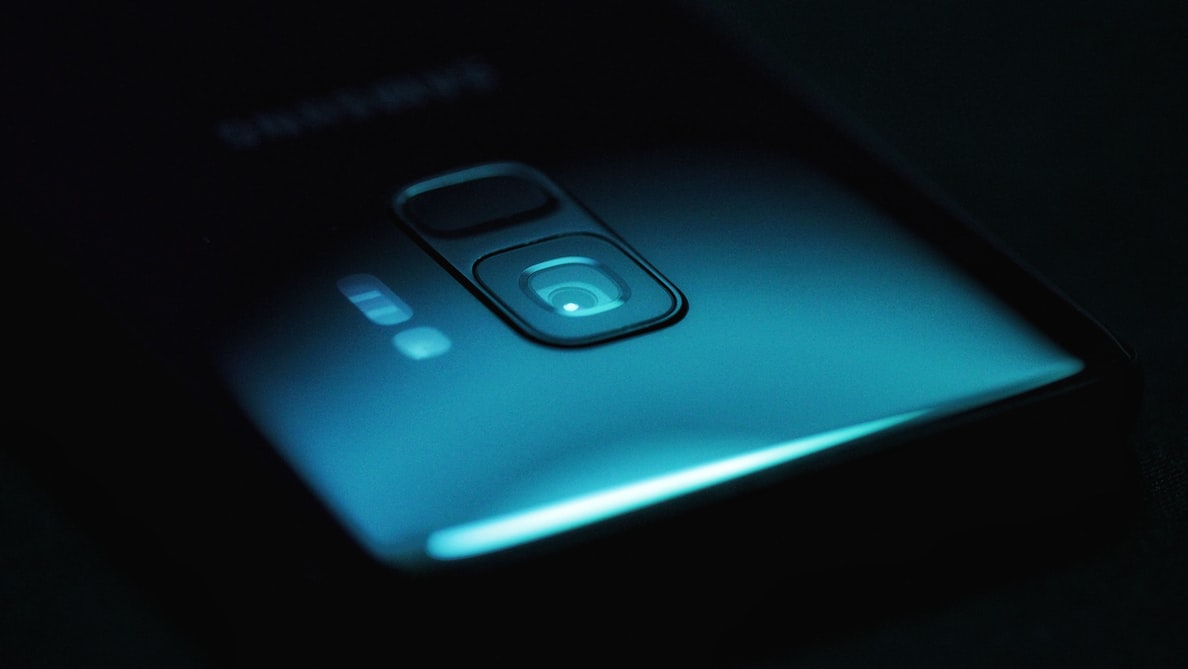
-
OS Improvements
We’ve come a long way from iOS 4 and Android Éclair 2.0. Most of us can’t even remember anything before KitKat. Nowadays, we’re up to iOS 14.2 and Android has finally given up on naming their operating system after candy. Most of the OS improvements are usually behind the scenes and are focused on performance and security, with occasional interface touch-ups or in case of iOS – the ability to actually customize your home screen with widgets.
-
Chipsets
Processors are what makes are smartphone work the way they work nowadays. It’s what allows us to play games, stream content and all the other fun stuff without any hiccups. Back in 2010, the best you could hope for was a single core, 45nm chip that could run furiously at 1.0 GHz. To put that into perspective, you can’t run Google Chrome with that processor at this time. Right now, in 2025,
flagship smartphones run on 7nm, 3.1 GHz octa-core processors that can run mobile games at over 120 FPS, which paired with a 120 Hz display panel makes you a much better gamer (not really, but it does run buttery smooth). Granted, many games don’t even support anything over 60 FPS, but if you’d like to know which ones do, you could visit texnologia.net and find out which do. A quick hint – it’s mostly battle royal titles.
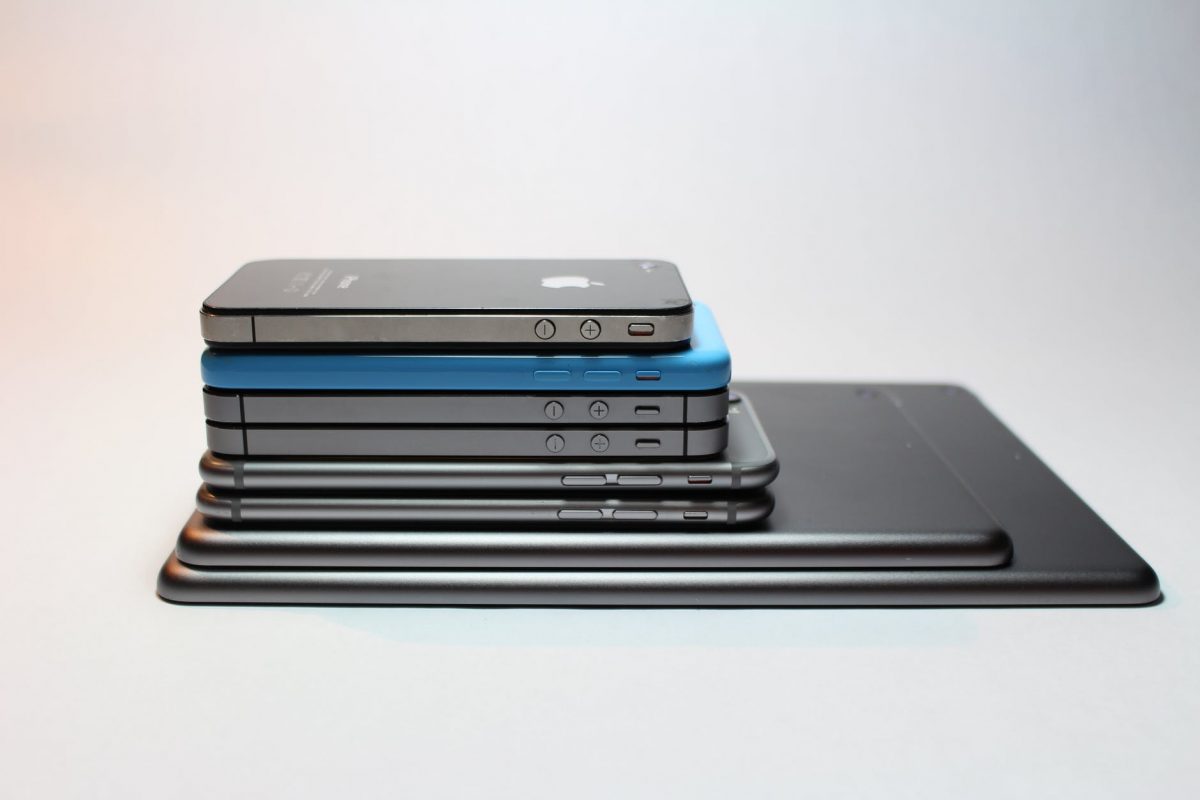
-
Memory
If you had to guess, what would you say – how much storage and RAM an iPhone 4 for instance had? Let us help you – not that much. The beefiest device you could buy back then had 32 gigs of storage and 512 MB of RAM. Yes, megabytes. The cheapest model had 8 gigs of storage. To put that into perspective, Android 11 has been known to occupy just under 30 gigs of storage on some devices. So, it should come as no surprise that you can purchase a phone with 1 TB of storage in 2025. As far as RAM goes, iPhone has always been known to make the most of it, but even they have gone up to 6 gigabytes on their latest device, which is also a significant improvement.
-
Battery Life
One could argue that there are no improvements in that area since most smartphones these days can’t get through the whole day of extensive usage, but then again, these devices are powering so much more than those before them. On top of all that, today, you can charge your device from 0 to 100% in less than an hour and that was not possible even 3 years ago.
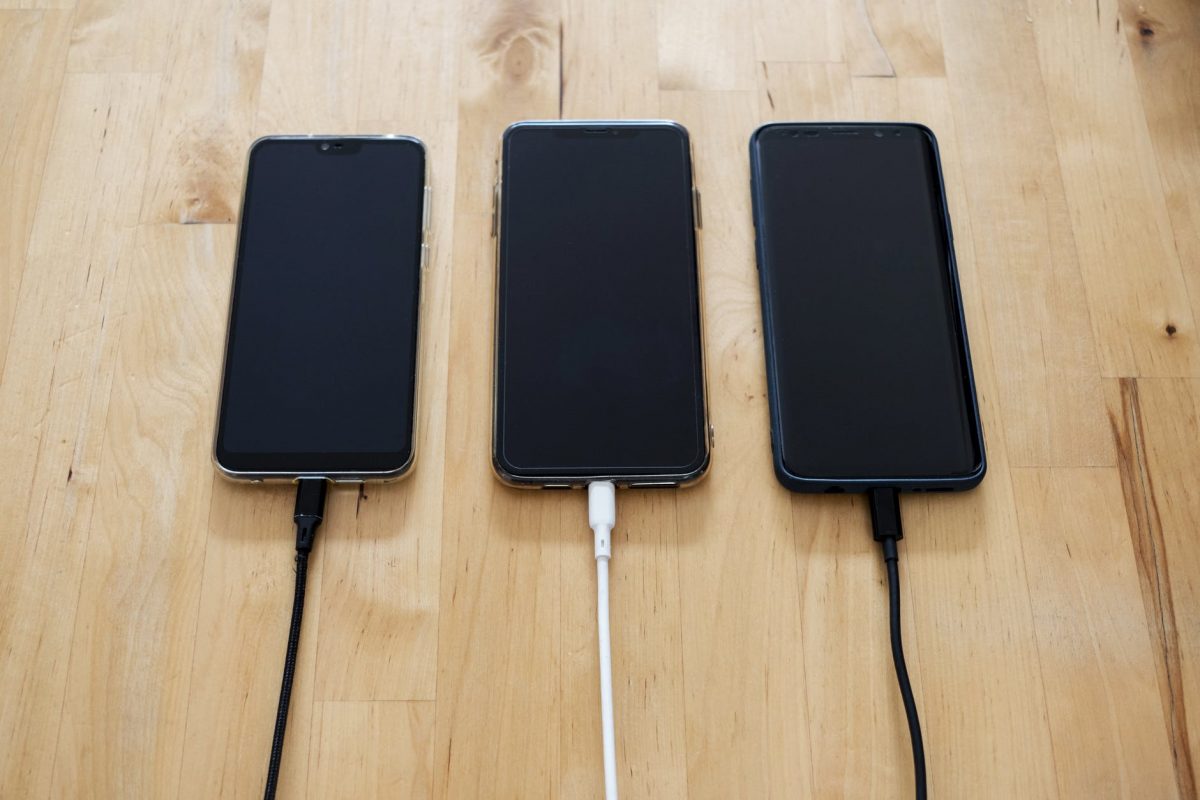
-
Cameras
We’ve finally reached the thing everyone was always the most excited for – cameras. You remember the days where the only thing we would care about was how many megapixels were there? It was the only thing that mattered to the general public. If you had 5 MP and an LED flash, you were the boss. Selfies were taken through the main camera back then, as most devices either didn’t have it or it was VGA, meaning you could count pixels.
But, take a look at where we are now. You can take pictures of your food, so crisp, you can smell the bacon through the screen. Nobody cares about megapixels anymore, the only number that matters nowadays is how many cameras are there. We have devices with more individual cameras than a 2010 flagship phone camera had pixels. 4K video recording at 60 FPS, 4 cameras on the back, depth sensor, wide sensor, biometrics sensor, rotating cameras, sensors that pop-up, in screen and bellow screen cameras and so on. Smartphone photography has become a real thing. Many smartphone cameras can even go head to head with DSLRs and a regular Joe wouldn’t be able to tell a difference.
-
Miscellaneous
What else has technology brought us over the last 10 years? Well, we’ve gone from pass-codes, then backside fingerprint sensors, to in-screen fingerprint sensors and infrared facial recognition software. Your phone can be your credit card nowadays. It can be your TV, your computer, your work station, your personal assistant and so much more.
What will this article look like in 10 years – no one knows. We can only assume there will be some holograms, invisible DSLR-quality front cameras, VR/AR experience, highly advanced AI, 100% screen-to-body ratio, both front and back, and so much more. We can only wait and see.
















